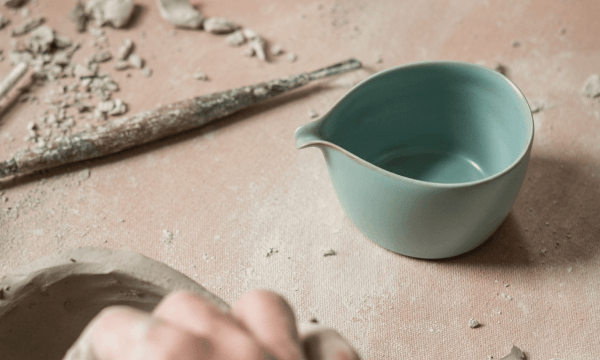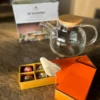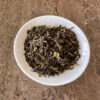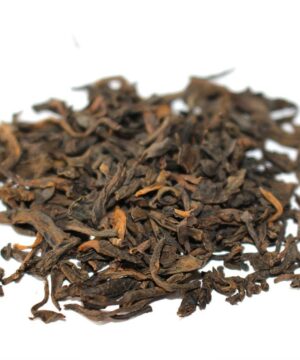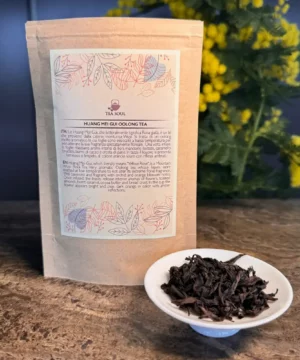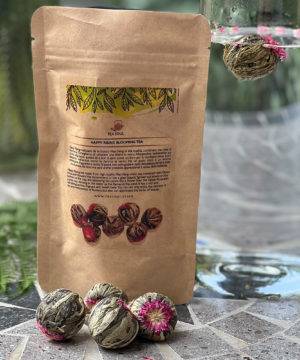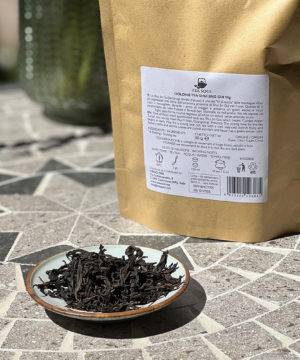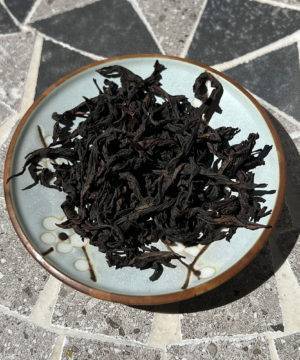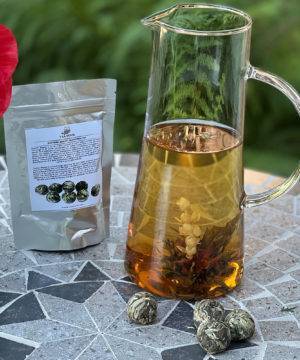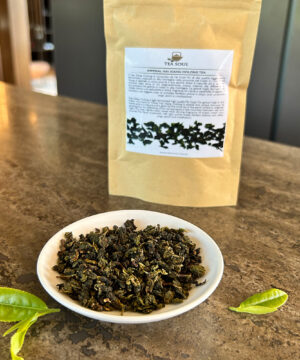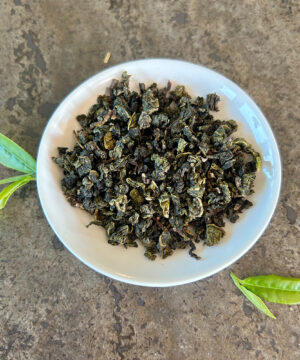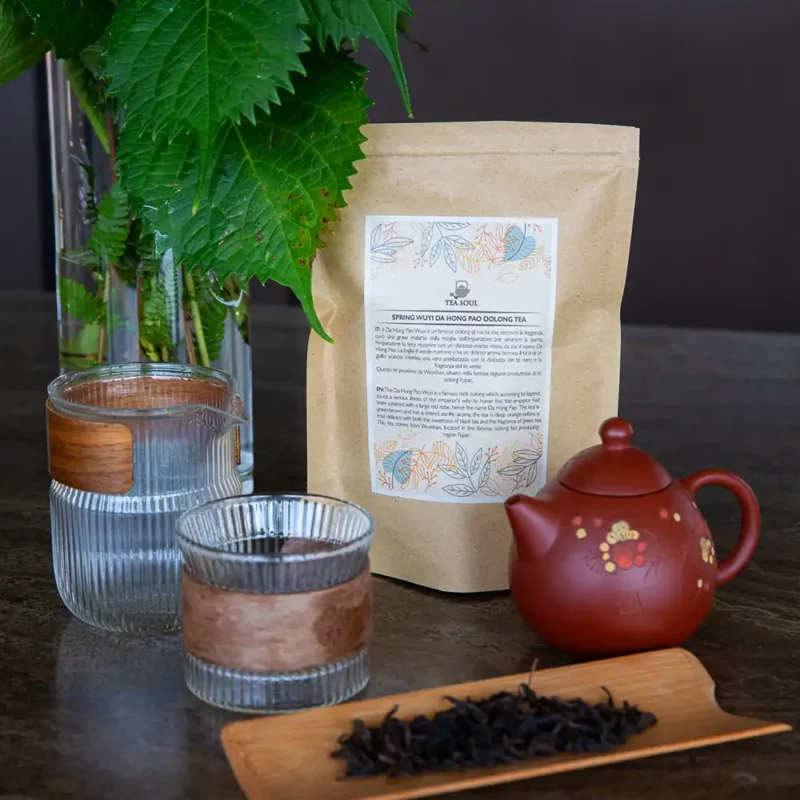

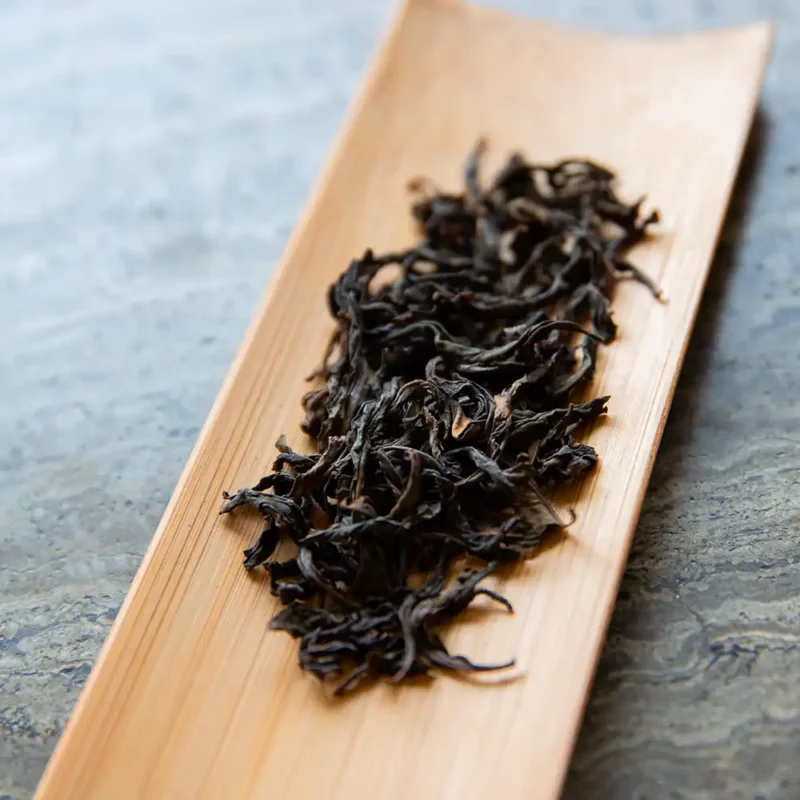

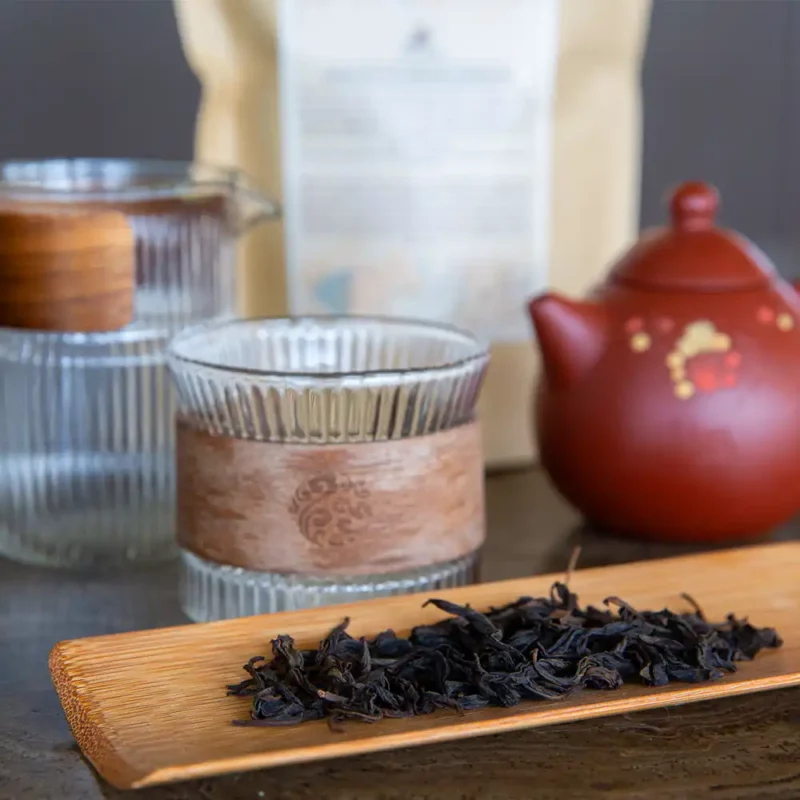

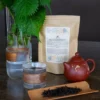

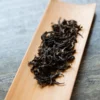

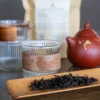

Spring Wuyi Da Hong Pao Oolong Tea
17.70€ Taxes included
Spring Wuyi Da Hong Pao Oolong Tea is perhaps the best known of the rock oolongs. According to legend, it cured a serious illness of the emperor’s wife: to honor the plant, the emperor had it covered with a sumptuous red robe, hence the name Da Hong Pao, literally “big red robe.” In the cup it is soft yet intense, with notes of roasted, cocoa and black bread. This tea comes from Wuyishan, a mountainous area in Fujian.
Deadline: 30/07/2025
SKU: te-oolong-spring-wuyi-da-hong
Categories: REGIONS, COLLECTIONS, Fujian China, Oolong Semi Fermented, Tea, Promo Flash, Oolong tea, TrovaPrezzi
DON'T MISS DISCOUNTS AND NEWS!
Subscribe to our WhatsApp channel and receive all updates quickly and conveniently!
Subscribe to our WhatsApp channel and receive all updates quickly and conveniently!
Spring Wuyi Da Hong Pao Oolong Tea is a famous rock oolong that, according to legend, cured a serious illness of the emperor’s wife: to honor the plant, the emperor had it covered with a sumptuous red robe, hence the name Da (big) Hong (red) Pao (robe/mantle).
The leaf has dark tones and a distinct mineral aroma. The liquor is revealed in a deep orange cup, a true delicacy on the palate that combines the intense roasted notes with the sweetness of cocoa. This tea comes from Wuyishan, a mountainous area located in Fujian Province.
Place of origin
Wuyishan, Fujian, China
Tasting – Sight and smell
The leaves of Spring Wuyi Da Hong Pao oolong tea are medium to large in size, long and rolled in shape. They exhibit a coppery brown color and an opaque surface that is rough to the touch. Once infused, they give off aromas of roasted hazelnuts, coffee beans and rye bread crust as well as faint floral notes and a finish of wet rock and chocolate. The liqueur in the cup has a bright amber hue with golden highlights and good clarity.
Tasting Notes
GONG FU CHA
Spring Wuyi Da Hong Pao oolong tea infusion is sweet, characterized by notes of vanilla cocoa, whole wheat bread, lime honey, and hints of roasted nuts. With the second infusion, hints of wet rock and the mineral note typical of rock oolongs emerge. There is also a delicate floral note reminiscent of orchid, while the finish has hints of hazelnut and cocoa. The third and subsequent infusions show a consistent and surprising sweetness, reminiscent here of caramel, accompanied by notes of cocoa and black bread crust.
TO THE WEST
Spring Wuyi Da Hong Pao oolong tea opens with mineral notes and enveloping roasted notes of hazelnut and coffee. There is also a fleeting floral note, followed by stronger hints of incredibly sweet cocoa and chocolate pudding. The finish is dry and reminiscent in flavor of rye bread. The body of this tea is rather light, very smooth on the palate; the persistence is long and mineral and carries notes of sweet cocoa.
Spring Wuyi Da Hong Pao tea infusion method
We strongly recommend infusing this tea in the traditional Chinese method (Gong Fu Cha) with a gaiwan with a capacity of about 150 ml. Following this brewing technique you can, with 5 grams of leaves, do multiple infusions and have the most complete tasting experience of your tea.
After a quick rinse of the leaves with water at a temperature of 90°C, an initial 15-second infusion can be made, and then, keeping the water at the same temperature, the product can continue to be exploited by adding more to water and increasing the previous infusion time by about 10 seconds.
This tea allows about 6-8 infusions.
For a more classic preparation according to the Western style, we recommend 3 grams of leaves in a 200-mL cup with water at 90°C for an infusion time of 3 minutes.
For a better tasting experience we suggest to filter the infuse as close as possible to the proper steeping time indication. Our brewing time recommendations can also be slightly adjust by your personal taste in order to obtain a stronger or more delicate cup of tea.
Store in a cool, dry place away from direct sunlight.
Benefits of Oolong tea
The main benefits to be derived from oolong teas stem from the significant content of minerals and antioxidant phenols in the leaves.
Some studies, in fact, report that daily intake of oolong tea can affect bone health by improving the concentration of minerals in this tissue and promote a decrease in blood sugar due to the stimulating effect of phenols on insulin.
Oolong teas also generally possess a low concentration of caffeine. This feature make the oolong easier to be consumed in every moment of the day also for the people more sensitive to this exciting substance.
| PACKAGE | 25 g, 50 g |
|---|---|
| Temperature | 90°C |
| Preparation - CUP | 3gr x 200ml / 3 min / 2 infusions |
| Preparation - GAIWAN | 5gr x 150ml / 15-25-35… sec / 6-8 infusions |
| Season |
Still no Reviews for this Product
Related products
6.90€ Taxes included
Earn up to 25 points.
This product has multiple variants. The options may be chosen on the product page
7.00€ Taxes included
Earn up to 21 points.
This product has multiple variants. The options may be chosen on the product page
Sale!
9.20€ Taxes included
Earn up to 81 points.
This product has multiple variants. The options may be chosen on the product page
Highly Fermented Ooolong
13.90€ Taxes included
Earn up to 28 points.
This product has multiple variants. The options may be chosen on the product page
8.00€ Taxes included
Earn up to 30 points.
This product has multiple variants. The options may be chosen on the product page
9.20€ Taxes included
Earn up to 81 points.
This product has multiple variants. The options may be chosen on the product page
9.20€ Taxes included
Earn up to 63 points.
This product has multiple variants. The options may be chosen on the product page





